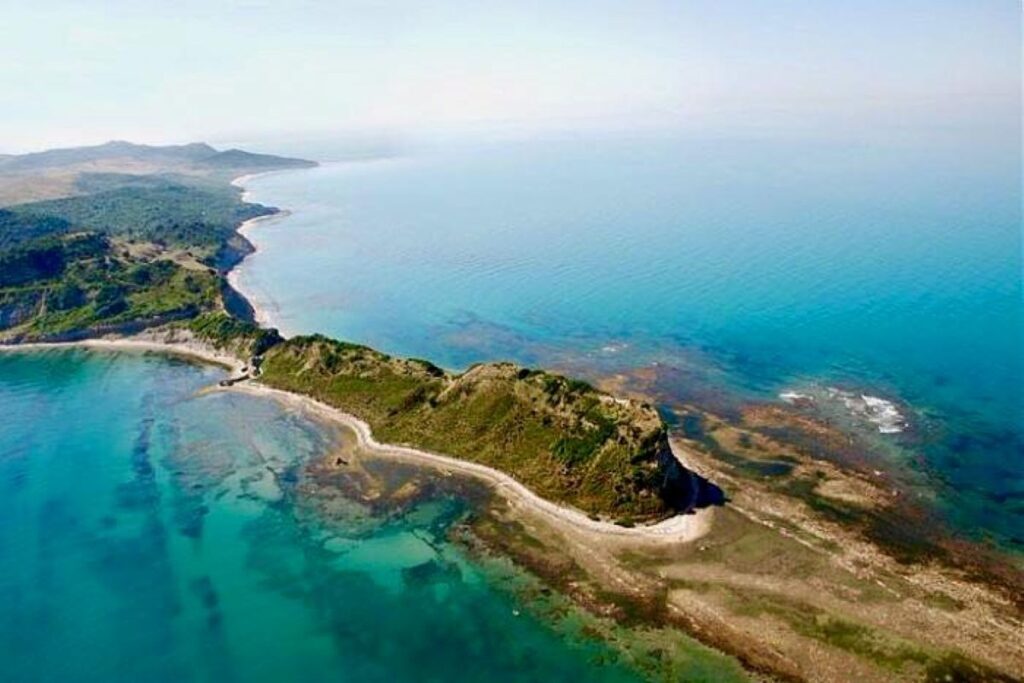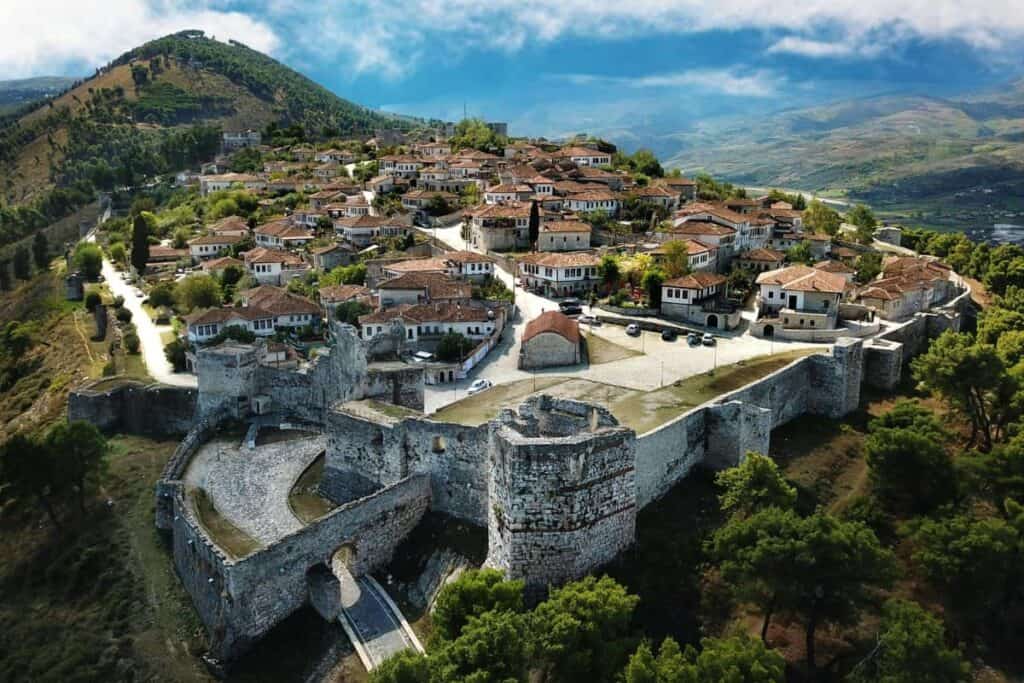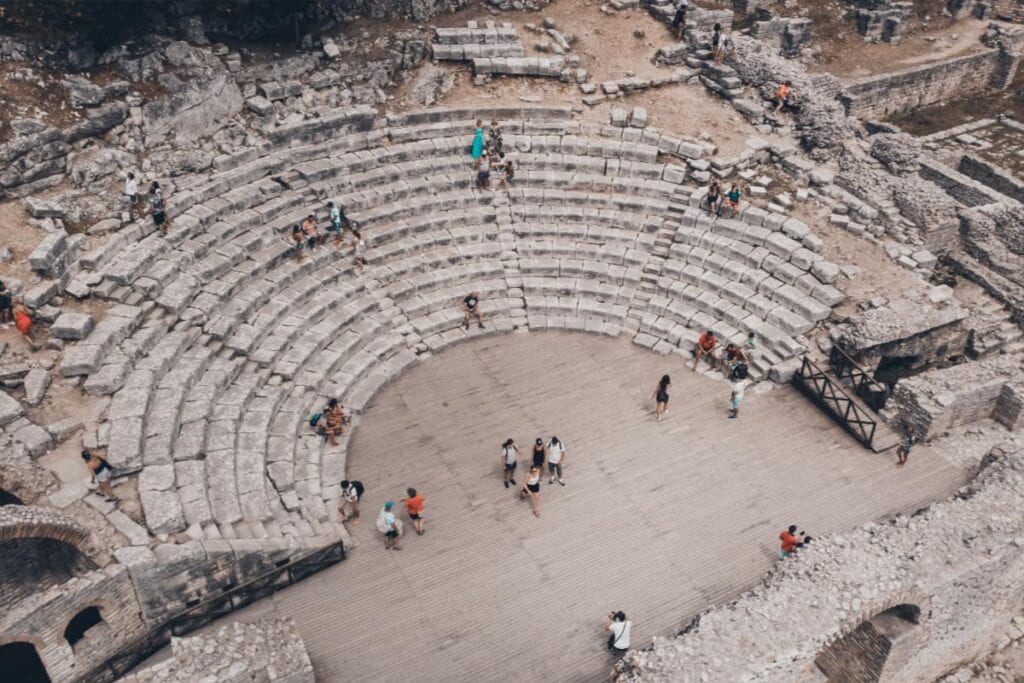Step Back in Time at the Cape of Rodon
The Cape of Rodon, or Kepi i Rodonit, is one of Albania’s most captivating destinations. This narrow peninsula stretching into the Adriatic Sea offers not just breathtaking natural beauty but also a deep dive into the country’s rich and turbulent history. Known for its serene landscapes, the Church of St. Anthony, and the ruins of Rodoni Castle, the cape serves as a living testament to Albania’s resilience and cultural heritage.
A Historical Overview of the Cape of Rodon
1. Early Significance
The Cape of Rodon has been a strategic location since ancient times. Its position along the Adriatic coast made it a key point for maritime activities, trade, and defense. Over the centuries, it witnessed the rise and fall of empires, each leaving its mark on this remarkable site.
2. Skanderbeg and Rodoni Castle
In the 15th century, Albania’s national hero, Gjergj Kastrioti Skanderbeg, chose the Cape of Rodon to construct a fortress—Rodoni Castle. Built-in 1450, the castle was part of Skanderbeg’s strategy to defend the region against the advancing Ottoman Empire.
- Significance: The fortress served as a vital stronghold, providing a defensive line and a gateway for allied support via the Adriatic. Despite its partial destruction by the Ottomans in 1467, its ruins stand as a symbol of Albania’s enduring fight for freedom.
3. The Church of St. Anthony
The Church of St. Anthony, located near the castle ruins, dates back to the 13th century. It was built during the rule of the Anjou dynasty, showcasing Gothic and Romanesque architectural influences.
- Religious Importance: The church became a site of pilgrimage for Catholics in the region and continues to hold religious significance today, with many visitors coming to pray and reflect.
4. Ottoman Influence and Beyond
Following the fall of Rodoni Castle, the Ottomans used the area to strengthen their hold on Albania. Over time, the cape transitioned into a peaceful coastal retreat, yet its historical landmarks remained poignant reminders of the past.
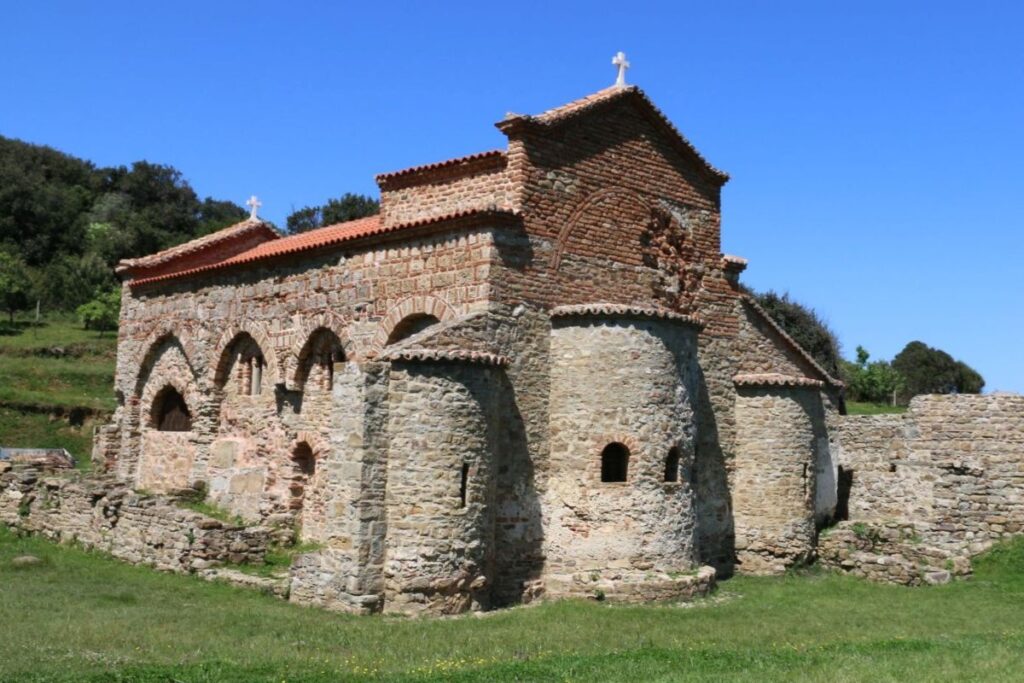
What to See and Do at the Cape of Rodon
1. Rodoni Castle Ruins
- What It Is: Explore the remnants of Skanderbeg’s fortress, including portions of its defensive walls and watchtowers.
- Why Visit: The castle ruins are perched dramatically above the sea, offering stunning views and a chance to connect with Albania’s medieval history.
2. The Church of St. Anthony
- What It Is: A beautifully preserved medieval church surrounded by lush greenery.
- Why Visit: Step inside to admire the stone architecture and imagine the countless prayers and ceremonies held here over centuries.
3. Scenic Walks Along the Peninsula
- What It Is: Wander along the cape’s trails, taking in panoramic views of the Adriatic Sea and its rugged cliffs.
- Why Visit: The natural beauty of the cape complements its historical significance, creating a serene atmosphere for visitors.
4. Unspoiled Beaches
- What It Is: Relax on the cape’s secluded beaches, far from the crowds of Albania’s more popular coastal destinations.
- Why Visit: The calm waters and soft sands make it an ideal spot for swimming, sunbathing, or a peaceful picnic.
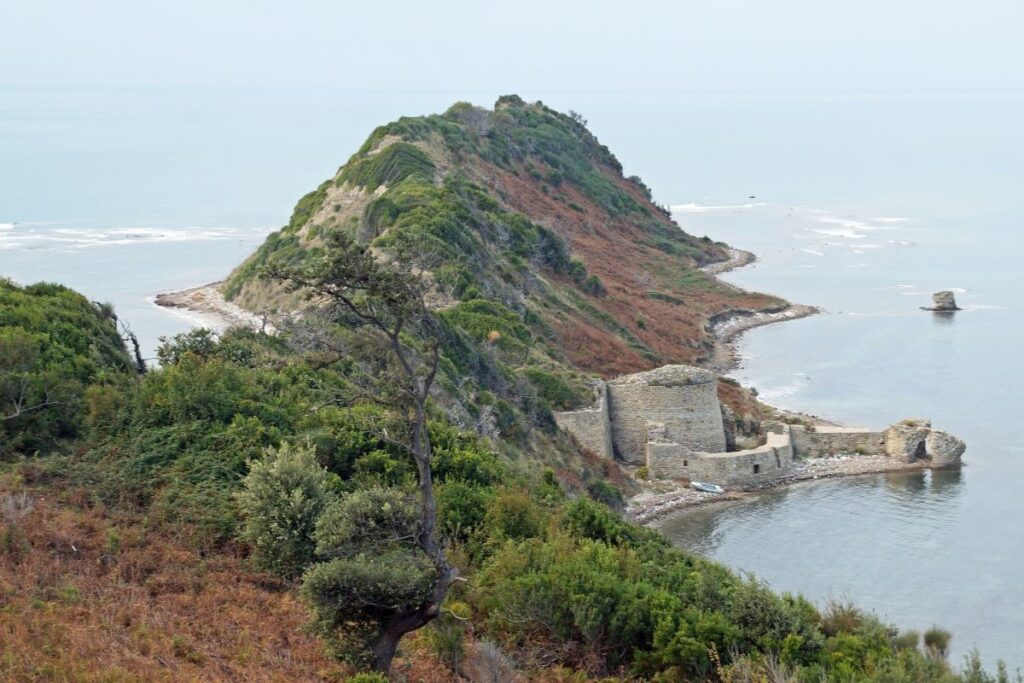
The Role of the Cape in Modern Albania
Today, the Cape of Rodon serves as both a historical landmark and a natural retreat. Efforts to preserve the ruins of Rodoni Castle and the Church of St. Anthony reflect Albania’s commitment to honoring its heritage. The cape is also part of a larger push to promote sustainable tourism, ensuring its unique blend of history and nature can be enjoyed for generations to come.
How to Visit the Cape of Rodon
Location: The Cape of Rodon is located about 50 kilometers north of Tirana, making it an easy day trip.
Getting There:
- By Car: The most convenient way to visit. The last stretch of the road is unpaved but manageable.
- By Tour: Local tour operators in Tirana and Durrës often include the cape in their itineraries.
Nearby Attractions
1. Durrës
- Visit Albania’s ancient port city to explore its Roman amphitheater, Venetian tower, and lively promenade.
2. Lalzi Bay
- Known for its pristine beaches and luxury resorts, Lalzi Bay is a great spot for relaxation after exploring the cape.
3. Kruja Castle
- Combine your visit with a trip to Kruja, the birthplace of Skanderbeg, and explore the historic castle and bazaar.
Tips for Visiting the Cape of Rodon
- Best Time to Visit: Spring (April–June) and autumn (September–October) offer mild weather and fewer crowds.
- Pack Essentials: Bring water, snacks, sunscreen, and comfortable walking shoes.
- Respect the Site: Help preserve the historical landmarks by avoiding climbing on fragile structures or littering.
Why Visit the Cape of Rodon?
The Cape of Rodon is more than just a scenic destination—it’s a journey through Albania’s storied past. From the determination of Skanderbeg to the tranquil beauty of the Church of St. Anthony, every corner of the cape tells a tale of resilience, faith, and connection to the land.
Whether you’re drawn by its history, its unspoiled nature, or its peaceful ambiance, the Cape of Rodon is a destination that promises inspiration and reflection for every traveler.
